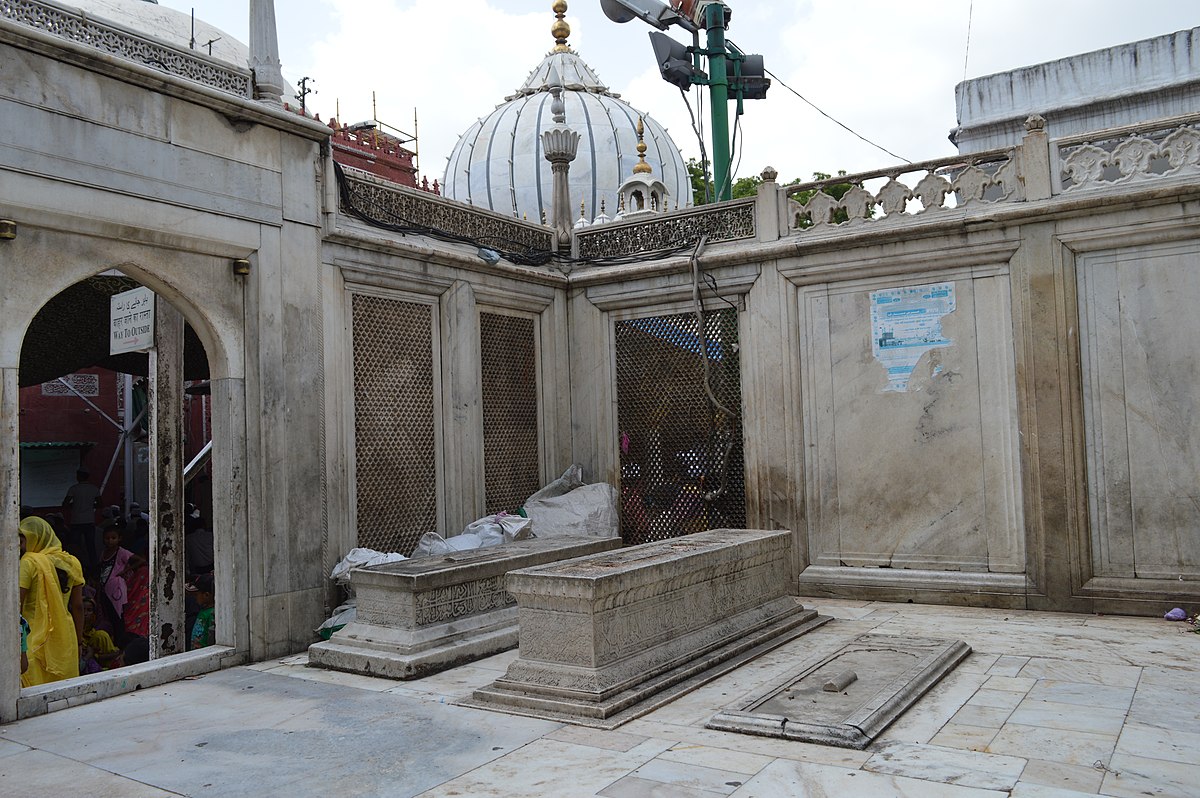
Mirza Jahangir Grave
Nearest - Air Port IGI Airport Nearest - Railway Station Nizamuddin Railway Station Nearest Metro Station - Nizamuddin
The grave of Mirza Jahangir, a Mughal prince, is located within the historical Hazrat Nizamuddin Dargah complex in New Delhi. Mirza Jahangir was the son of Akbar Shah II, the Mughal emperor, and was involved in a significant event in the early 19th century that led to his exile. Here is some detailed information on the grave's background and significance: Historical Background Who was Mirza Jahangir? Mirza Jahangir was the son of Akbar Shah II and the younger half-brother of Bahadur Shah Zafar, the last Mughal emperor. Known for his impulsive nature, he became a controversial figure when he had a confrontation with the British Resident, Sir Archibald Seton, firing at his carriage in the Red Fort in 1806. This act of defiance led to his exile to Allahabad on the orders of the British. Return and Death: Mirza Jahangir was eventually allowed to return to Delhi but died in 1821 at a young age. His family buried him within the Nizamuddin Dargah complex, a site already significant as a prominent burial place for notable figures and Mughal royalty. Establishment and Architectural Features Grave Location: The grave of Mirza Jahangir is situated near the main dargah of Hazrat Nizamuddin Auliya, surrounded by the graves of other royal family members, scholars, and followers of the Sufi saint. This burial ground was favored by the Mughals and others because of its proximity to the revered saint. Architectural Style: Mirza Jahangir’s grave, like many within the Nizamuddin complex, reflects traditional Mughal architectural aesthetics. The tomb is modest and blends with the other graves, following the simpler style often used in Sufi complexes, with a stone base and engravings. Inscription: There are inscriptions on the grave marker, with details of his name and lineage, along with prayer inscriptions, as is common in Islamic burials. Significance of Burial at Nizamuddin Dargah Spiritual Importance: Burial within the Nizamuddin complex is considered an honor, as it is believed to offer spiritual closeness to Hazrat Nizamuddin Auliya. Many members of the Mughal dynasty wished to be interred here to benefit from the saint's blessings, which was a common tradition. Heritage Value: The grave is part of the historical and cultural fabric of the Nizamuddin Dargah, attracting historians and visitors interested in Mughal history and the legacy of the royal family. Current Condition and Conservation The grave of Mirza Jahangir, along with others in the dargah complex, is preserved as part of Delhi's cultural heritage. Conservation efforts have been undertaken by various heritage organizations, such as the Aga Khan Trust for Culture, to maintain the site, given its historical importance and spiritual significance. The grave continues to be a part of the narrative of the Mughal dynasty's decline and the tensions of British colonial influence in India.

